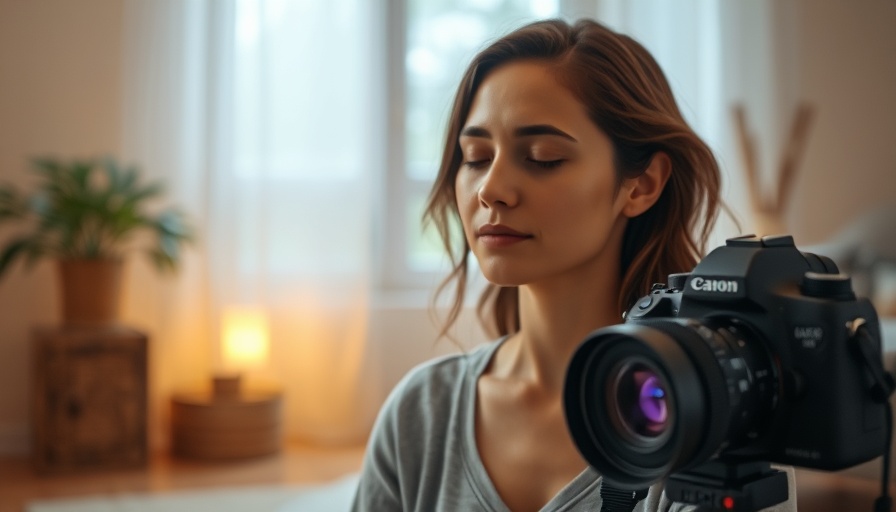
The Power of Guided Meditation for Mental Health
Guided meditation has emerged as a powerful tool to address various mental health challenges, including anxiety disorders and stress management. This technique offers an accessible entry point for individuals seeking relief from anxiety symptoms, such as those experienced during panic attacks or in cases of generalized anxiety disorder (GAD). For youths, especially students facing academic pressure, the importance of learning how to record a meditation lies in its potential to create a calming environment conducive to relaxation and self-discovery.
Understanding Anxiety and the Role of Meditation
Anxiety manifests in various forms, from social anxiety to phobias, affecting millions. According to the South African Depression and Anxiety Group (SADAG) helpline, stress management strategies like meditation can offer profound benefits for those struggling with these issues. Meditation not only aids in mitigating anxiety symptoms but also promotes overall mental health by engaging cognitive behavioral therapy (CBT) principles that encourage mindfulness and self-awareness.
How to Record Effective Meditation Sessions
Recording a meditation can be a transformative experience for both the creator and the listener. The following steps can facilitate a successful meditation recording:
- Select a Calm Environment: Ensure your recording space is quiet, comfortable, and free from distractions.
- Choose Your Technique: Decide whether your meditation will focus on breathing exercises, mindfulness, or visualization.
- Script Your Session: Develop a clear script that guides listeners through the meditation process. Include pauses to allow for reflection.
- Record with Care: Use quality recording equipment to ensure clarity and soothing sound quality.
- Edit and Enhance: Consider incorporating background music or nature sounds that complement the meditation experience.
Emphasizing Accessibility in Mental Health
In today’s landscape, the accessibility of mental health resources—especially during the COVID-19 pandemic—has taken on significant importance. With increased economic stress and feelings of solitude, community outreach and digital mental health interventions become paramount. Recording a meditation allows professionals to extend their reach, offering support to those who may not have access to traditional therapies such as psychotherapy or medication.
Bridging the Gap Through Education and Community Support
Educational programs around mental health, especially in schools, can facilitate early intervention and prevention strategies. By integrating meditation and relaxation techniques into curriculums, students can learn vital coping strategies that promote resilience and emotional intelligence. Furthermore, families can play an essential role in fostering a supportive home environment where conversations about mental health are encouraged, reducing stigma and creating pathways for help.
Exploring Holistic Approaches: Beyond Traditional Meditation
While meditation is a valuable tool, other holistic approaches can be explored alongside it. Techniques such as yoga for anxiety, art therapy, and nature therapy provide diverse avenues for tackling anxiety and enhancing mental well-being. Incorporating exercise, proper nutrition, and sleep hygiene into one's routine can further bolster the impact of meditation, creating a comprehensive approach to managing anxiety disorders.
Final Thoughts on Recording Meditation for Community Health
Recording engaging meditation sessions is not just beneficial for personal growth but serves as an important resource for community healing. As mental health awareness continues to rise, embracing holistic and innovative solutions like guided meditation can empower individuals, promote stigma reduction, and create supportive environments for all ages. By taking action—be it through creating recordings or participating in mental health programs—everyone can contribute toward a healthier society.
Consider embarking on your journey into guided meditation today to enhance not only your own well-being but to positively impact those around you. Whether you’re looking for coping strategies, relaxation techniques, or simply a moment of peace, meditation can be a transformative tool in your mental health toolkit.
 Add Row
Add Row  Add
Add 




Write A Comment